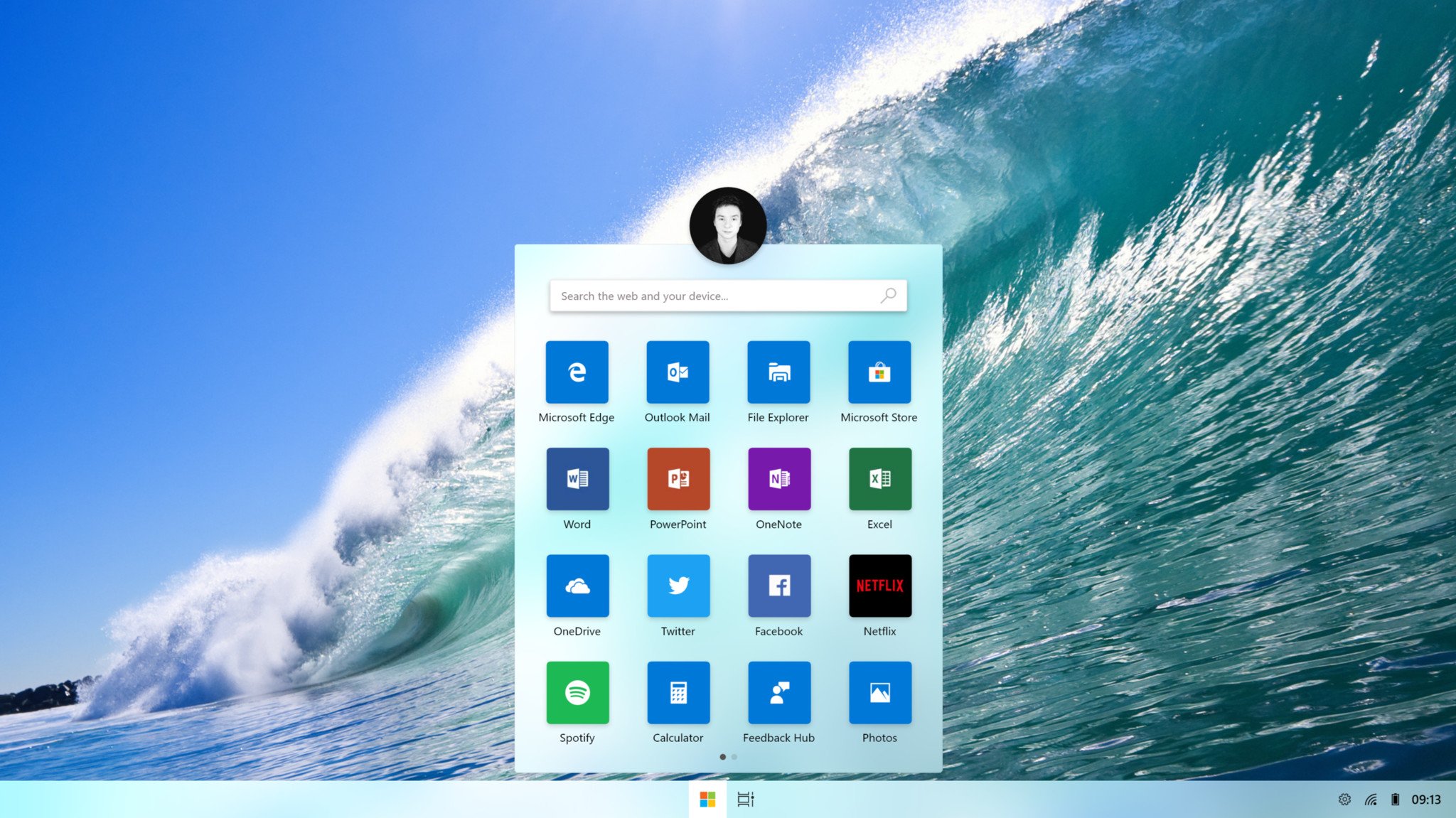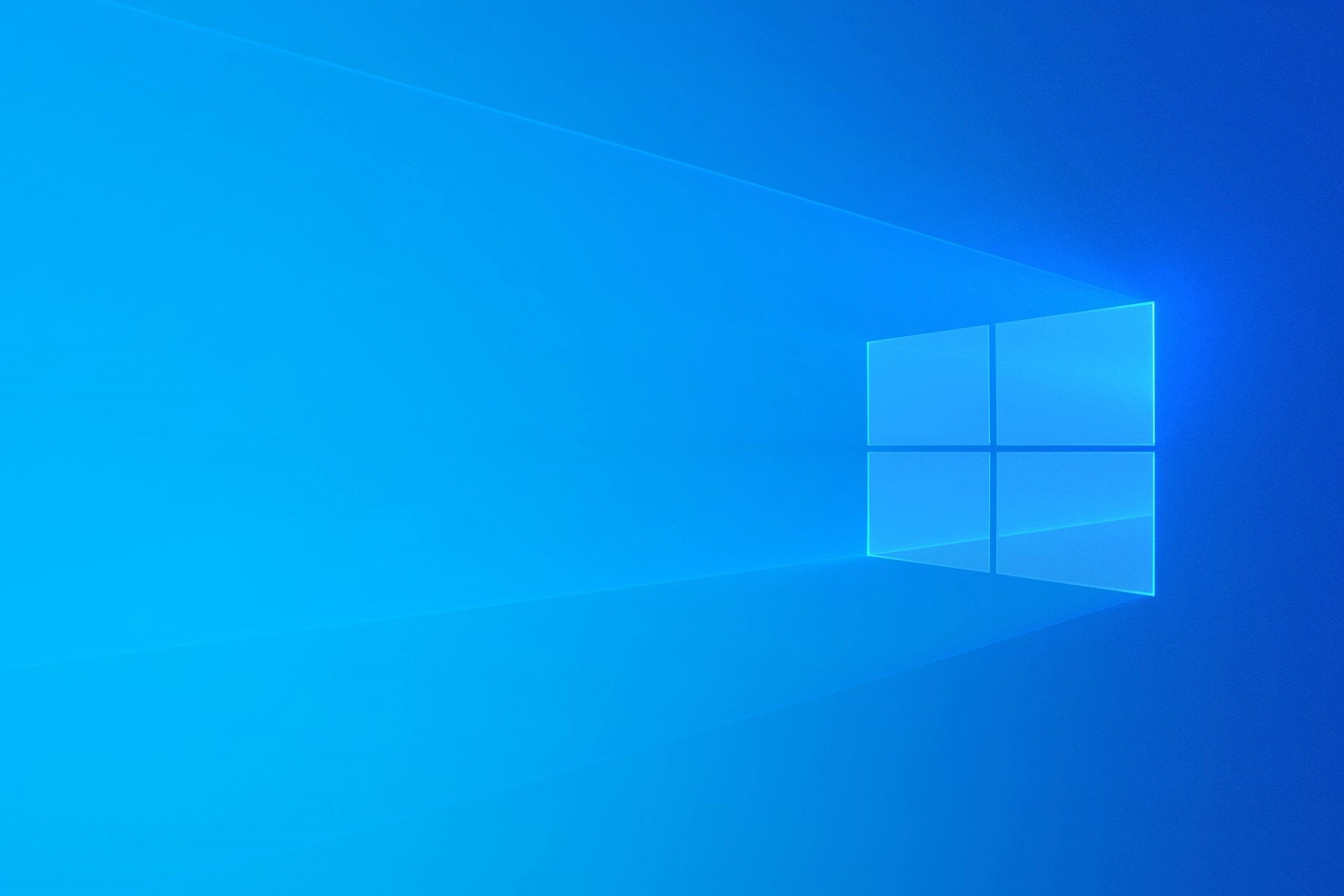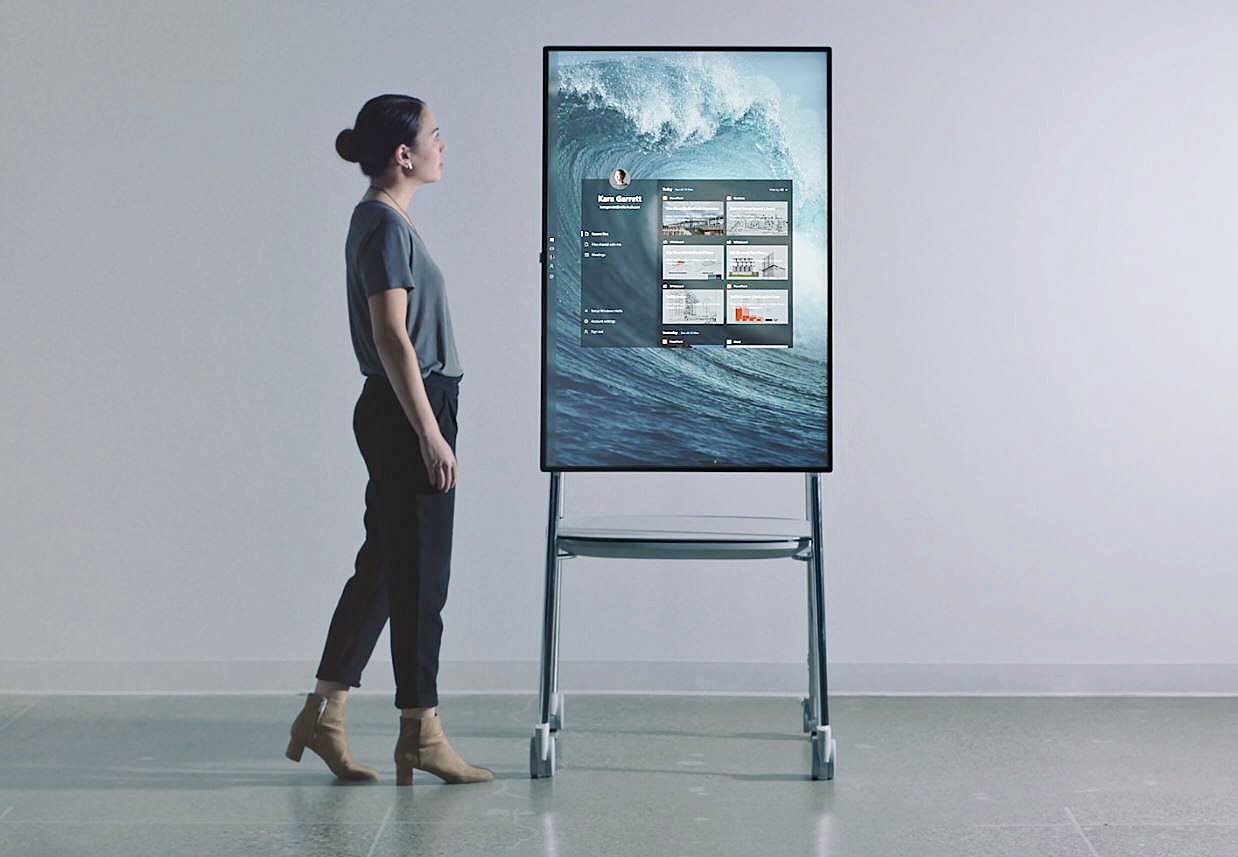What is Microsoft's new 'modern OS' all about?
A new modern OS is in the works at Microsoft. What is it, why is it, and when is it?


Earlier this week, Microsoft made mention of a new "modern OS" that it aspires to create that will power new and unique device form factors like foldable PCs, laptops, tablets, and more, in the near future. But what is Microsoft's modern OS? That's the question on everyone's mind right now. Microsoft was incredibly vague in the announcement, only detailing some of the features and capabilities it hopes to include with its modern OS. It never once mentioned Windows 10, it never showed us what it looks like, and it never told us when we can expect this modern OS to be ready.
Today, I want to break down Microsoft's modern OS announcement, analyze what was highlighted, and fill in the gaps where necessary using information from sources internally at Microsoft. So let's dive in.
What is this modern OS?
Starting with the biggest question, Microsoft's modern OS is not Windows 10. Windows 10 today is built on decades of legacy code and backward compatibility support, much of which is unnecessary to most users' workflows in 2019. Microsoft's modern OS aims to rectify this. Known internally as Windows Core OS, this modern OS has been in the works since 2016 and brings Windows back to its very core, turning it into a modular platform that's universal across devices and can be built upon with ease.
Check out our ultimate guide to Windows Core OS for a complete overview
It's essentially the next generation of Windows, being built for new device types such as HoloLens 2, Surface Hub 2X, the next-generation Xbox, and other new and unique device types such as foldable PCs. It's one OS that can adapt and change to fit on any device where necessary, with little effort on Microsoft's part. It can reuse code, features, and shell experiences if required, or build out entire new features and experiences for devices where it makes sense. It's also much lighter, thanks to the fact that Windows Core OS shakes a lot of the legacy baggage normal Windows 10 carries with it. It can still run UWP and Win32 programs where necessary, of course.
Seamless updates
One of the features Microsoft mentioned its modern OS will include is seamless updates. This is something I unveiled a while back and is part of Windows Core OS. Essentially, Microsoft has reworked the OS image so that Windows Updates are no longer interruptive to the user. On Windows Core OS devices, updates behave much like they do on Chrome OS.
When an update is ready to install, it'll do so to an offline mirrored partition that the user then reboots to when the update is ready to restart. This makes the restart process incredibly quick, just as if you were rebooting like normal. This reduces update downtime to less than 30 seconds, in most cases even quicker than that. Once the OS boots back up, it'll open everything exactly where you left it, too.
All the latest news, reviews, and guides for Windows and Xbox diehards.
The improved Windows Update is something Microsoft is very proud of and is only possible on Windows Core OS due to the changes it has made to the overall OS image, splitting it up into different partitions just like it was on Windows Mobile.
Secure by default
This leads us perfectly into the next thing Microsoft touted for its modern OS. Security by default. Windows 10 today is already rather secure by default, but this is different. Windows Core OS is secure, just like how iOS is secure. The OS image is partitioned in such a way that the user isn't able to access system files. The user gets access to its own user partition, but OS files, app files, and other system files are all located in their own locked down partitions that users can't access.
This keeps your PC incredibly secure, just like iOS. If you happen to download a malicious program, it'll be contained and dealt with without affecting your entire system. This minimizes the risk of ransomware, malware, and viruses destroying your data. The OS is separated, secured in its own containers to ensure they cannot be tampered with.
Always-connected
This one is pretty simple, as it's already available on Windows 10. Always-connected means this modern OS will support devices with LTE and 5G capabilities. If your PC has a cellular modem, then it's an always-connected device, and Microsoft's modern OS will support it.
Sustained performance
When it comes to performance, Windows Core OS should remain fast and smooth thanks to a modern shell experience, apps that are available from the Microsoft Store, and the fact that Microsoft has gutted many legacy components and features that would otherwise bog down the OS. Windows Core OS can also instantly bring you back to what you were working on when turning on the device, just like macOS.
Cloud-connected and AI
These two go hand-in-hand, and essentially confirm what we've been saying about the future of Cortana. Microsoft wants to weave AI throughout its modern OS so that the OS works for you. Thinks like Timeline, and Microsoft Office, that can work contextually and provide the information you need when you need it, without you having to seek it out.
Multi-sense
This one is interesting, as it refers to how users interact with their devices. You've got everything from mouse and keyboard, to touch, voice, pen, and gaze. Essentially, this is confirming that Microsoft's modern OS will run on any kind of device; it doesn't have to be a unique form factor that doesn't have a standard keyboard or mouse. You'll find this modern OS on laptops, tablets, even desktop PCs eventually.
Gaze is eye control, which is available on HoloLens 2, but you can add it to Windows 10 PCs using a dedicated eye-tracking accessory. Microsoft has been working hard to improve eye tracking support in Windows, and it seems Windows Core OS will take this a step further.
Form factor agility
This one is the most interesting one. What Microsoft is referring to here is CShell, Microsoft's new, universal shell that's designed to complement Windows Core OS. With CShell, Microsoft can build many different shell experiences and share them across devices, in some cases bundling multiple shells that can be enabled and disabled where necessary depending on the form factor or mode.
In short, this means Microsoft will be able to adapt Windows Core OS for any device form factor, even ones that don't yet exist. Microsoft will be able to build shell experiences that fit perfectly on new form factors, and allow them to switch between different experiences depending on whether the device is a 2-in-1, 3-in-1, or some other kind of hybrid that doesn't yet exist.
It's all about the devices

More than anything, Windows Core OS is about devices. It's about hardware partners looking to branch out and try new things. In the past, hardware makers have been pretty limited in the kind of PC they can build, and that's because Microsoft's OS offering has been very static. Windows 10 isn't a great OS for tablets, and it's not great for pocketable devices or wearables either. Windows 10 is designed for and best suited to laptops, 2-in-1's, and desktops. Windows Core OS changes this, allowing Windows to branch out, giving hardware makers the chance to try new things.
Because of this, Windows Core OS will look different on different form factors because it's adapted to the hardware it's running on. Windows Core OS on the Surface Hub 2X won't look like it does on HoloLens 2, and the same goes for laptops, foldables, and more, running Windows Core OS. Of course, these different configurations of Windows Core OS will need names, and Microsoft will name them where appropriate. Windows Core OS for HoloLens 2 is called "Windows Holographic for Business," for example.
Windows Core OS on laptops, tablets, 2-in-1's, and foldables, will likely share a different name, something that might not even include the "Windows" brand. That's a rumor at this time, but it's something to think about.
We don't know when Microsoft will start talking about its modern OS in a more official manner. The next likely timeframe would be in October, as we're told Microsoft is planning an event for around that time. Either way, Windows Core OS is coming soon, and it's going to enable a whole new generation of Windows devices.
What are your thoughts on Microsoft's modern OS? Let us know in the comments.

